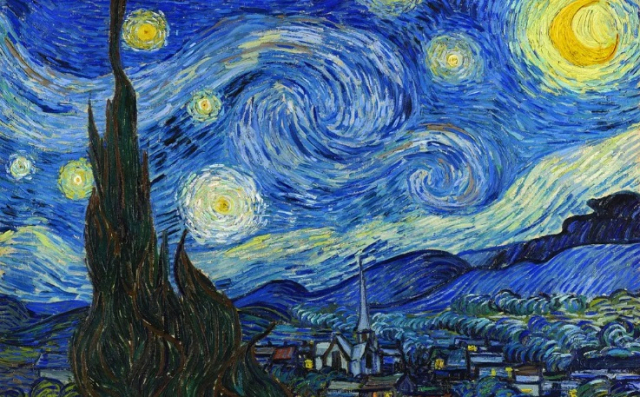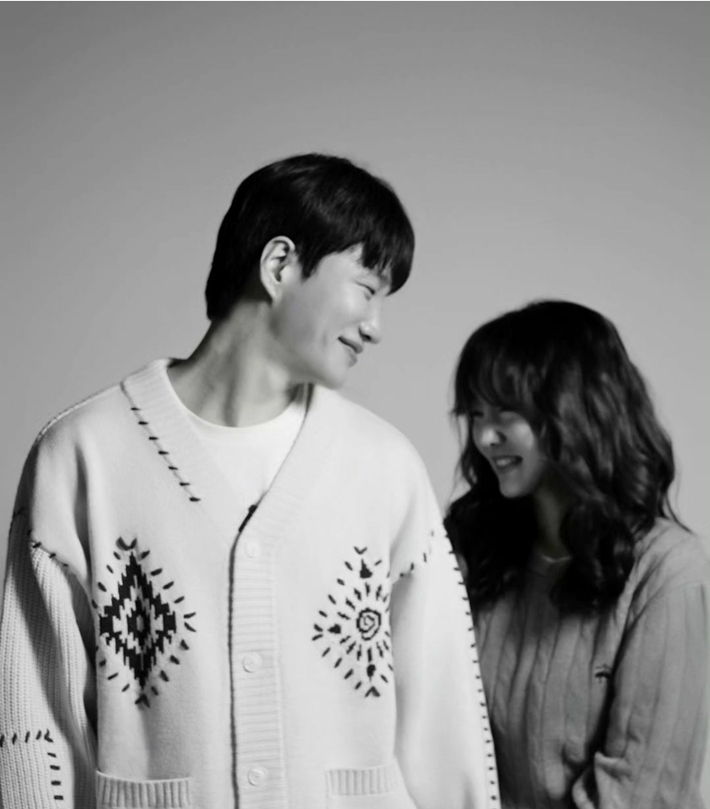“<별이 빛나는 밤>In the next century, scientists would discover that latent epileptic seizures resemble fireworks of electrical impulses in the brain. William James called this a ‘nervous storm.’ “It is an abnormal explosion of nerve discharge triggered by a small number of epileptic neurons in a brain made up of tens of billions of neurons.”
A problematic biography co-authored by Stephen Naife and Gregory White Smith (translated by Junyoung Choi, published in 2016) <화가 반 고흐 이전의 판 호흐>discovers psychiatric signs in the painting. (For reference, van Hooch is the Dutch pronunciation.)
I liked this part of the book. It captivated me like a myth. I used to quote it often. Because Van Gogh was a man who said, “I want to paint what I feel. And I want to feel what I paint.” I accepted it that way and built and lived my own ‘View of Van Gogh’s art.’
▲Vincent van Gogh, Starry Night
A book about having to break down your own walls was recently published. <코스미그래픽_인류가 창조한 우주의 역사>(written by Michael Benson, translated by Ji Woong-bae). Sometimes it is easier to borrow rather than forcefully explain. This is the rule of Professor Owen Gingerich of the Harvard Astrophysics Center.
“An extraordinary collection of visual expressions of human response to the beauty and mystery of the sky!”
Who doesn’t like pictures of the universe, pictures or photos of stars? There is no need to bring up creationism or evolutionism. Where we come from and where we go has been the ultimate curiosity since the birth of mankind.
In 1845, the British Association for the Advancement of Science published for the first time images of spiral galaxies observed and drawn by the Earl of Rose. The image was later published in a French book, and in 1889, Van Gogh <별이 빛나는 밤>I drew it. Astronomers accept this work as ‘alluding to the Whirlpool Nebula.’ It is said that Van Gogh came across the image when he was hospitalized in a mental hospital, and this led to his work. I don’t know. I feel like I’ve lost something, but isn’t it also something to be grateful for when I encounter another interpretation of Van Gogh?
“But seeing as nothing opposes it—assuming that lines, shapes, and colors exist in countless other planets and stars—it is our own responsibility to remain calm about the possibilities of drawing even in the presence of superior and changing conditions. “(Letter to Emile Bernard, translated by Choi Seo-yeon)
Yes. It is tranquility. As much as possible, one should remain calm about interpretations. Nevertheless, Van Gogh is a myth.
▲<화가 반 고흐 이전의 판 호흐> Written by Steven Naife, Gregory White Smith, translated by Junyoung Choi ⓒMinumsa ▲ <코스미그래픽_인류가 창조한 우주의 역사> Written by Michael Benson, translated by Ji Woong-bae ⓒRoller Coaster
I would like to subscribe to this article.
+1,000 won added
+10,000 won added
-Add 1,000 won
-Additional 10,000 won
Payment may not proceed smoothly in some Internet environments.
343601-04-082252 [예금주 프레시안협동조합(후원금)]Account transfer is also possible.

